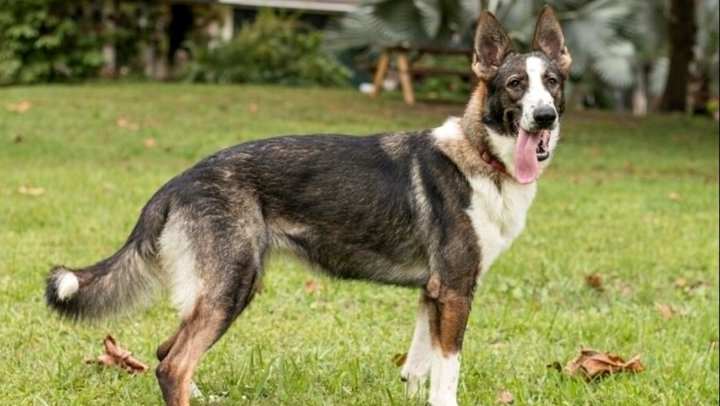Can Brachycephalic Dogs Be Healthy? Here's What Can Be Done

Due to their rising appeal as devoted companions, brachycephalic dogs' health has recently drawn attention. Due to their distinctive anatomical characteristics, these breeds, distinguished by their lovable flat faces and reduced snouts, frequently experience numerous health difficulties.
Buut the good part is that, by taking proactive steps, brachycephalic dogs' wellbeing can be improved. This article explores the health problems these breeds experience and offers viable remedies to enhance their general wellbeing.
What is the life expectancy of a brachycephalic dog? Compared to non-brachycephalic breeds, brachycephalic dogs typically live shorter lives. Despite breed-specific variations, the average lifespan of a brachycephalic dog is 8 to 10 years. However, adopting specific ethical breeding methods can contribute to improving their lifespan.
Do all brachycephalic dogs have breathing problems? Nope, not all brachycephalic dogs have breathing problems. Breathing problems are more common in flat faced dog breeds, but not all of them may experience significant breathing difficulties.
While some dogs may experience less severe symptoms, others might experience more. However, it is important to understand that these breeds come with a higher risk by nature, and appropriate breeding is needed to reduce such dangers.
The Health Challenges of Brachycephalic Dogs
The drawback of brachycephalic dogs is that their flat faces and respiratory systems make them more susceptible to certain health problems. Brachycephalic Obstructive Airway Syndrome (BOAS), which causes breathing problems, aversion to exercise, and discomfort in hot temperatures, is the most prevalent cause for worry.
Additionally, they may suffer from:
- dental problems
- eye conditions
- skin fold infections
- difficulties giving birth
** These challenges necessitate an urgent need to address their health proactively.
Action Plan for Improved Well-being

Responsible Breeding Practices
The starting point for enhancing the health of brachycephalic dogs is ethical breeding techniques. Breeders should put the dogs' general health and genetic wellbeing above their extreme physical characteristics. The danger of serious health problems can be reduced by choosing breeding partners based on their genetic health and encouraging proper anatomy.
❶ Genetic Testing
Implementing genetic testing can help identify potential hereditary health problems in brachycephalic dogs. This knowledge enables breeders to make informed decisions when choosing mating pairs, ensuring healthier offspring.
❷ Breathing Assessment
Before breeding, conducting a thorough breathing assessment is essential. This evaluation can help identify dogs with milder respiratory issues, reducing the risk of passing on severe breathing problems to the next generation.
❸ Regular Health Check-ups
Regular veterinary check-ups are vital for brachycephalic dogs throughout their lives. Routine examinations allow early detection of health issues, timely intervention, and effective management of potential problems.
❹ Lifestyle Adaptations
Adapting the lifestyle of brachycephalic dogs can significantly impact their health. Owners should be mindful of their exercise routines, avoiding strenuous activities in hot weather to prevent heat-related issues. Providing a balanced diet and controlling their weight can also alleviate some health concerns.
❺ Enhanced Monitoring
Brachycephalic dog owners need to keep an eye on their animals' health and temperament. Monitoring for symptoms of respiratory distress, excessive heat, or any other odd symptoms might trigger an urgent response and stop health problems from getting worse.
Conclusion 💬
While brachycephalic dogs are susceptible to health challenges due to their unique anatomy, proactive steps can significantly improve their well-being. Responsible breeding practices, including genetic testing and selecting healthy breeding stock, are crucial in promoting healthier generations.
Moreover, regular veterinary check-ups, lifestyle adaptations, and enhanced monitoring by owners contribute to ensuring these beloved companions lead healthy, happy lives. By embracing this action plan, we can protect the health of brachycephalic dogs and strengthen the bond between humans and these adorable canine companions.
Related Article:





![5 Longest Living Healthiest Dog Breeds [20 Years Old Record]](/content/images/size/w720/2022/12/Healthiest-Longest-Living-Dog-Breeds-.png)
Comments ()